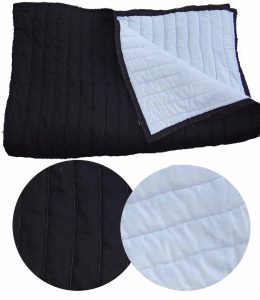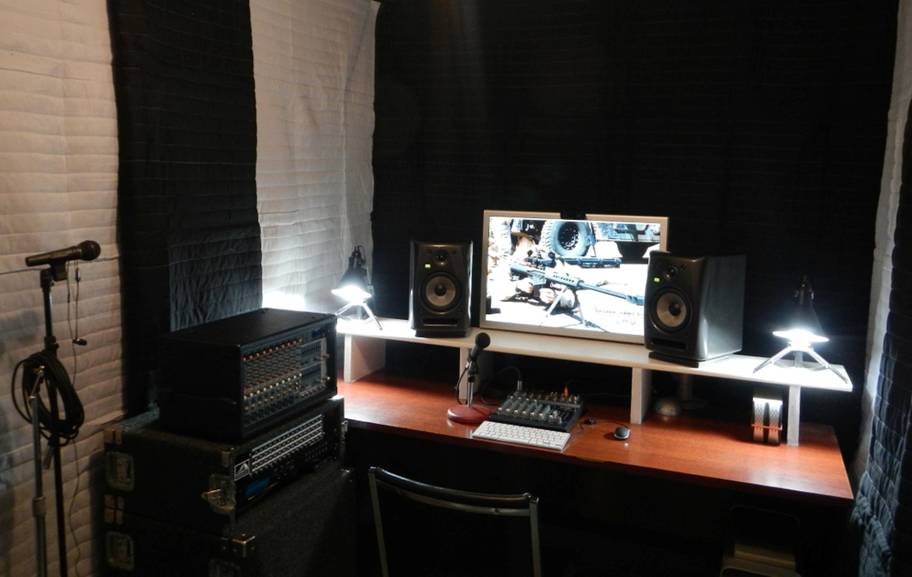Exploring the Variations
In the realm of controlled acoustic environments, two terms that often surface are "soundproof booth" and "acoustic booth." These terms, while related, encompass distinct concepts that cater to different aspects of sound management. In this article, we'll delve into the differences between soundproof booths and acoustic booths, shedding light on their purposes, features, and applications.
Soundproof Booths

A soundproof booth is a specially designed enclosure engineered to block external noise and prevent sound leakage. The primary goal of a soundproof booth is to create an isolated space where sound from outside the soundproof booth is minimized and sound generated inside remains contained. These soundproof booths are meticulously constructed using materials that are effective at impeding the transmission of sound waves, resulting in a quieter and more controlled environment.
Key Features of Soundproof Booths
- Sound Isolation: Soundproof booths excel at minimizing external noise infiltration. They are designed with features such as thick walls, sealed doors, and insulation to create an effective barrier against ;
- Acoustic Treatment: While soundproofing is a core focus, some soundproof booths also incorporate internal acoustic treatments to manage sound reflections and reverberations within the booth. This ensures that the audio quality inside the soundproof booth is optimal.
- External Sound Reduction: Soundproof booths are particularly beneficial in environments with high levels of external noise, such as busy streets or construction sites.
- Isolated Flooring: Soundproof booths often have specialized isolated flooring to further reduce vibration and impact noise. This helps prevent external vibrations, footsteps, or equipment noise from affecting the interior environment.
- Observation Windows: Some soundproof booths have built-in observation windows or ports that allow individuals outside the booth to monitor activities inside without compromising sound isolation. These windows are typically designed to maintain soundproofing properties.
- Ventilation and Air Circulation: Soundproof booths typically include a ventilation system that allows for the exchange of air while maintaining soundproofing. This ensures that occupants can breathe comfortably without compromising sound isolation.
Applications ofSoundproof Booths:
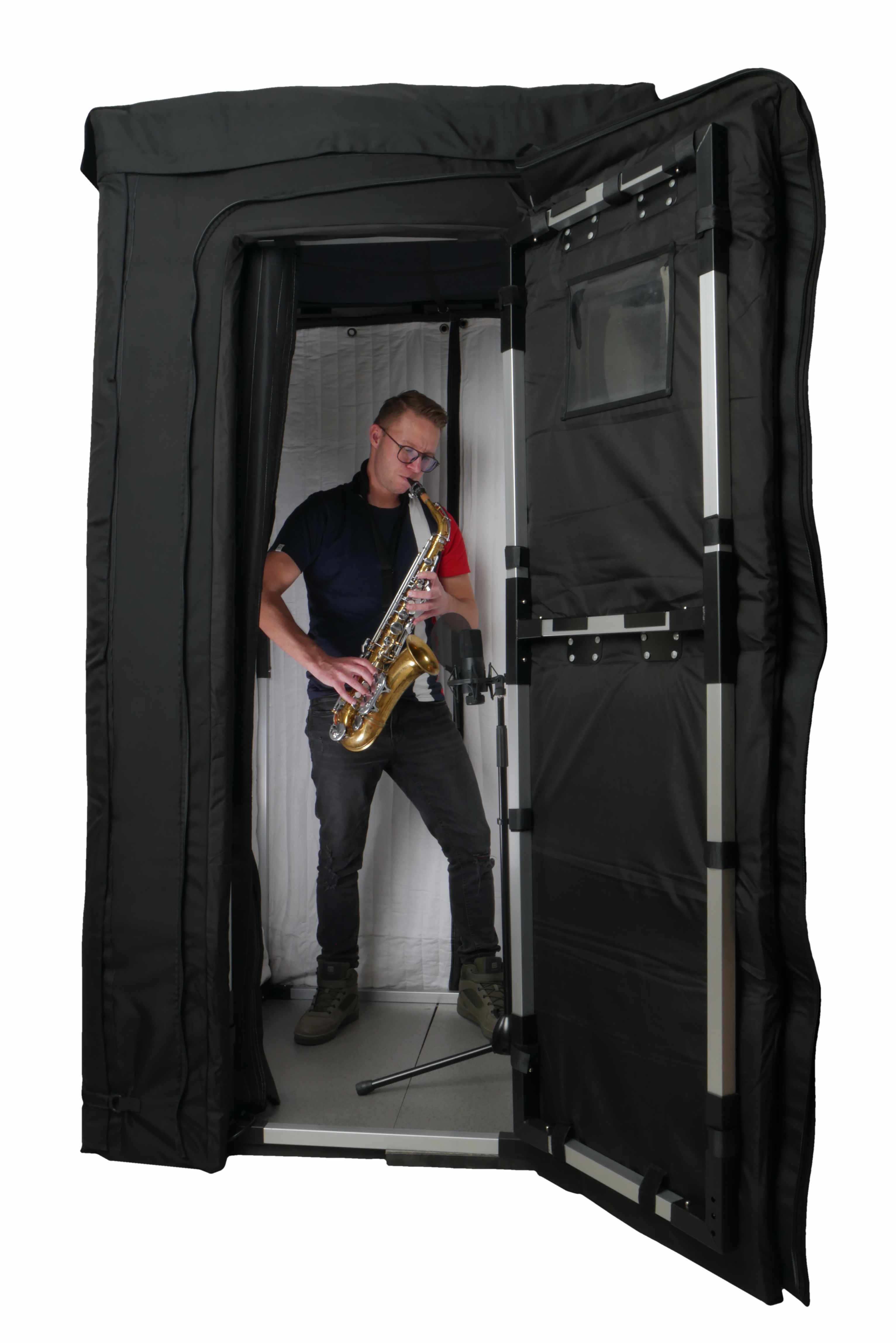
Soundproof booths find their applications in scenarios where the primary concern is the prevention of external noise intrusion or containing internal sound. They are commonly used in recording studios, podcasting setups, voice-over studios, and any setting where maintaining a controlled audio environment is essential.
Acoustic Booths
 An acoustic booth, on the other hand, is a space designed to optimize the internal acoustics for specific purposes. While acoustic booths might have soundproofing elements, their primary objective is to create an environment with controlled sound reflections, reverberations, and overall sound quality. These acoustic booths are equipped with acoustic treatment materials to achieve the desired sonic characteristics within the space.
An acoustic booth, on the other hand, is a space designed to optimize the internal acoustics for specific purposes. While acoustic booths might have soundproofing elements, their primary objective is to create an environment with controlled sound reflections, reverberations, and overall sound quality. These acoustic booths are equipped with acoustic treatment materials to achieve the desired sonic characteristics within the space.
Key Features of Acoustic Booths

- Interior Acoustics: Acoustic booths prioritize the treatment of internal surfaces to enhance sound quality and achieve the desired acoustic properties. Acoustic panels, diffusers, and bass traps are strategically placed to manage sound reflections and resonances.
- Sound Reflection Control: Acoustic booths are designed to minimize unwanted sound reflections that can impact the clarity and quality of audio recordings or performances.
- Focused Acoustic Characteristics: Acoustic booths are commonly used for activities such as music recording, vocal training, instrument practice, and audio testing, where the emphasis is on achieving specific sonic attributes.
Applications of Acoustic Booths
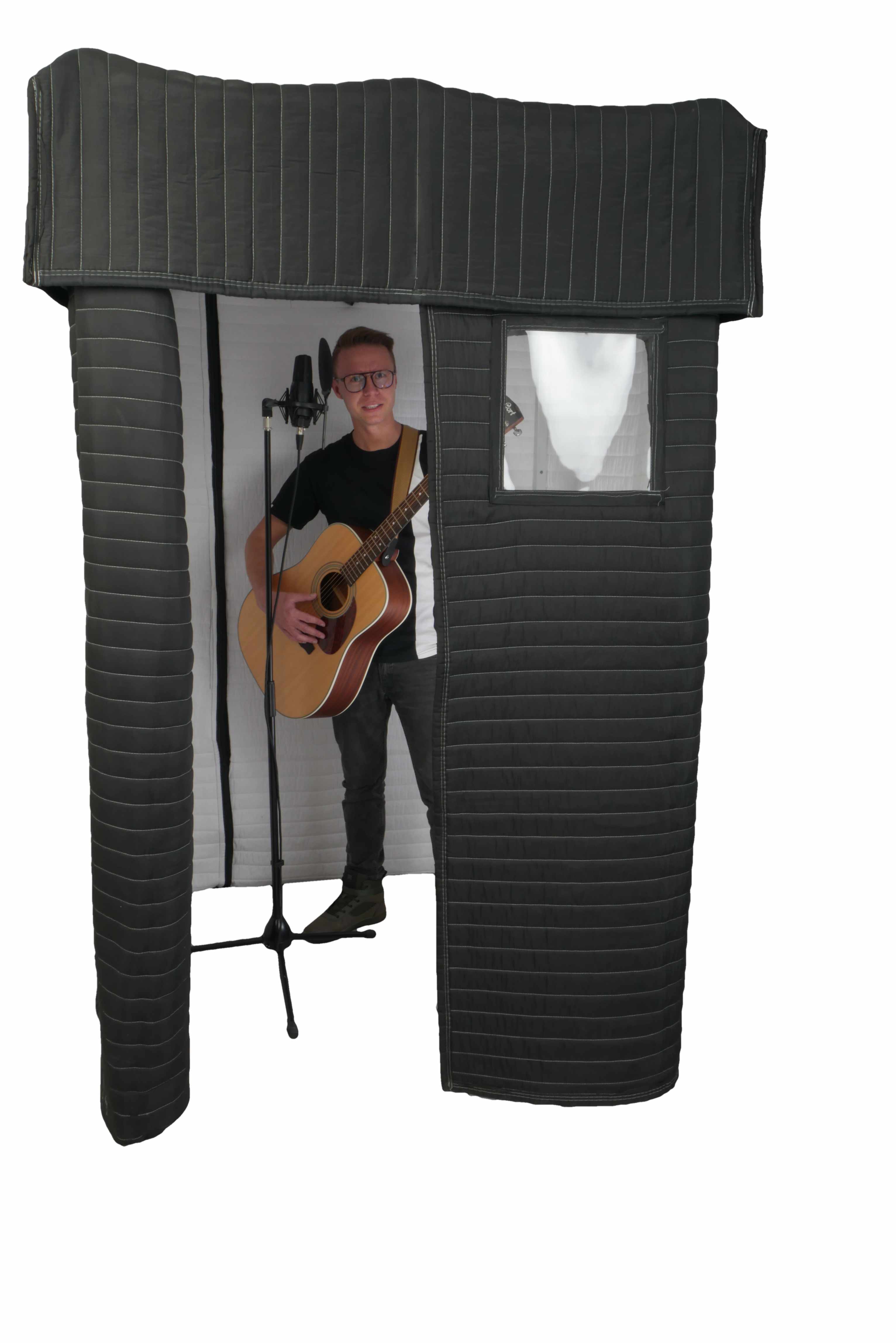
Acoustic booths are ideal for environments where the focus is on optimizing sound quality and creating specific acoustic characteristics. They are popular in music studios, home theaters, audiometry rooms, and environments that require controlled listening experiences.
Conclusion:

While both soundproof booths and acoustic booths address acoustic concerns, they serve different primary purposes. Soundproof booths prioritize isolating the space from external noise and containing internal sound, while acoustic booths emphasize creating optimal internal acoustics for specific activities. Understanding the distinction between these concepts is vital when choosing the right solution for your audio-related needs, whether it's creating a noise-free recording space or fine-tuning an acoustic environment for music production or critical listening.

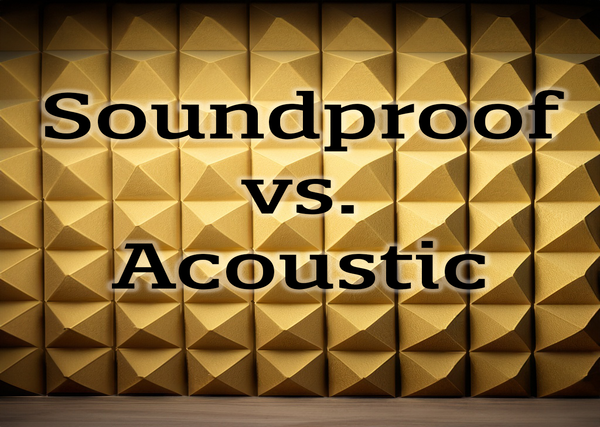

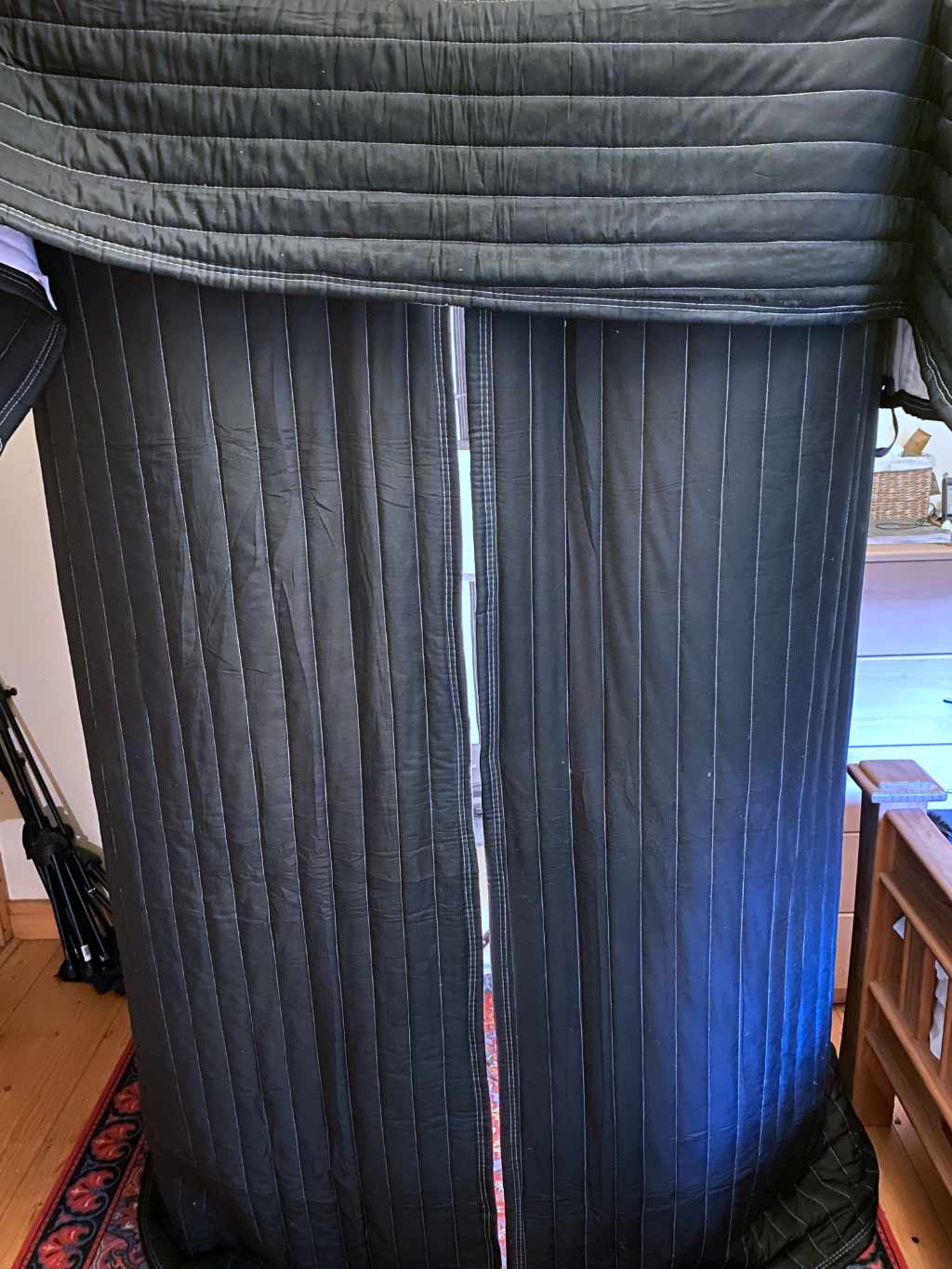

 The customer used the black rod from the photo stand to hold the roof so that it doesn't bend inside, but you can use any other rod, even from a broom.
The customer used the black rod from the photo stand to hold the roof so that it doesn't bend inside, but you can use any other rod, even from a broom.













 I don't often go to churches, but to lean over and see such a beautiful ceiling moves you. At that moment, the concept of a party burrow disappears from my mind – perhaps a monastery is more appropriate.
I don't often go to churches, but to lean over and see such a beautiful ceiling moves you. At that moment, the concept of a party burrow disappears from my mind – perhaps a monastery is more appropriate. 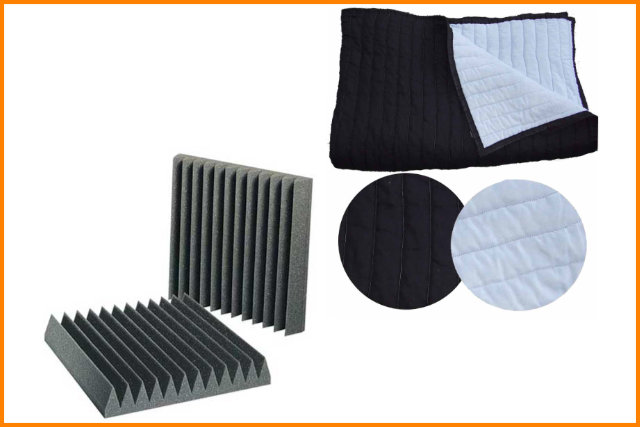
 In places such as recording and music studios for singing, VoiceOver, recording musical instruments, playing music, films etc., it is necessary to have good acoustics.
In places such as recording and music studios for singing, VoiceOver, recording musical instruments, playing music, films etc., it is necessary to have good acoustics.

